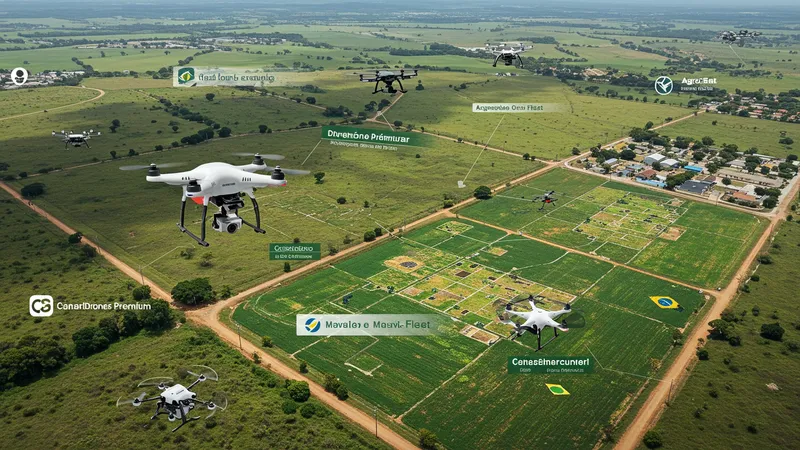
Understanding Monthly Drone Rental Rates
How Monthly Rental Rates Reflect Regulatory and Market Factors in Brazil
Brazilian aviation regulation imposes certain costs and compliance requirements on drone rental services, which are factored directly into monthly rates. The National Civil Aviation Agency (ANAC) oversees drone operations, requiring registration and flight restrictions based on drone weight and purpose. Providers like CanarioDrones Premium pass regulatory costs—including insurance, licenses, and operational training—on to renters to ensure that flights remain lawful and insured.

Market competition also impacts pricing structures. In recent years, a surge in providers entering the agricultural and urban mapping sectors has put downward pressure on standard rates—especially for popular models like those in the AgroSat Mavic Fleet. This increased competition encourages innovation in service packaging and more flexible rental terms, benefiting clients seeking lower costs or bespoke solutions.
Seasonal demand variation is another important pricing determinant in the Brazilian market. For instance, sugarcane or soybean planting seasons drive up needs for NDVI and thermal-capable drones, reflected in temporary rate increases from specialized rental firms. Outside peak agricultural cycles, providers may offer reduced rates or value-added services to maintain fleet utilization.
Finally, the scale of the rental—whether one drone or a mixed fleet—changes the economics. Large enterprises or government agencies often negotiate multi-drone, multi-month contracts, enabling better rates on a per-unit basis. For smaller businesses or individuals, knowing when and how to leverage these scale discounts can produce considerable budget advantages, especially in competitive regions.